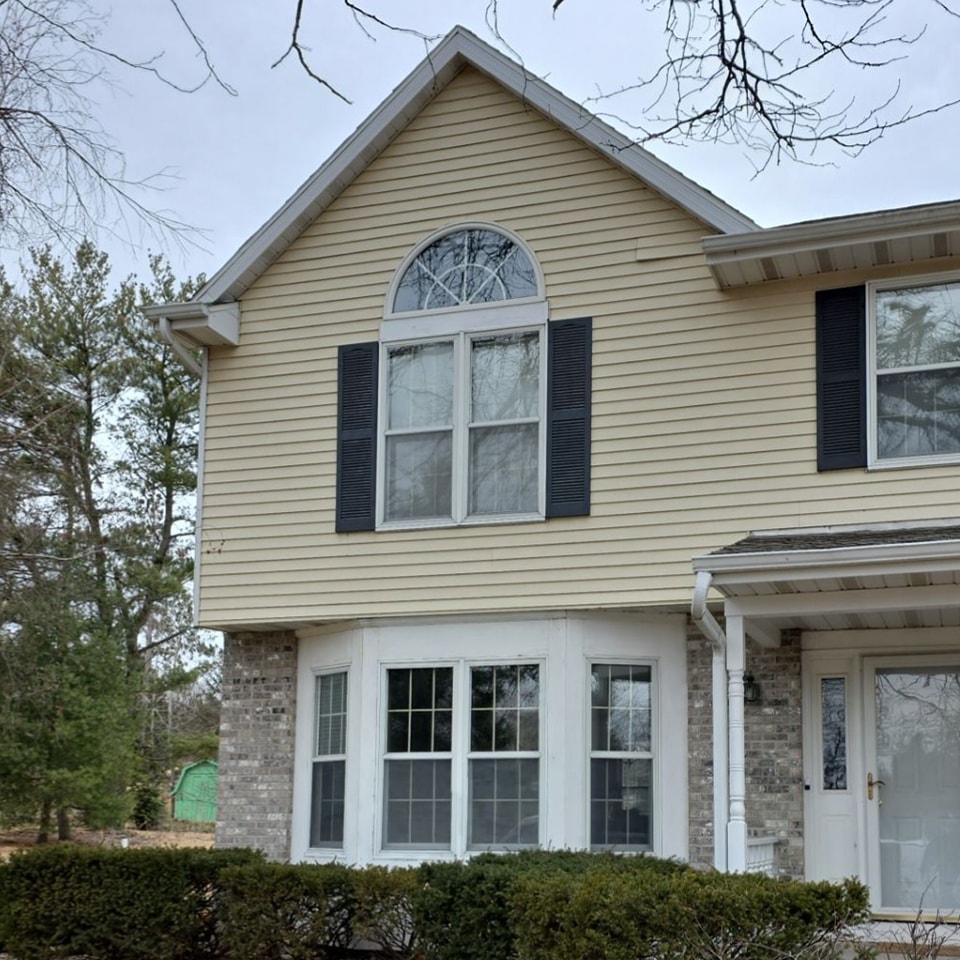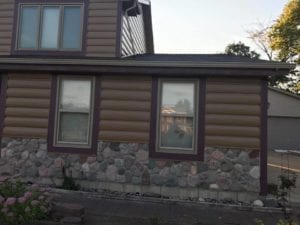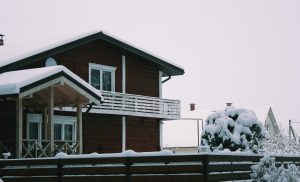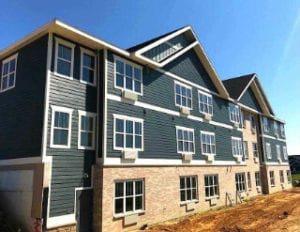Heating bills in Wisconsin can be brutal, especially in homes with older windows that leak air or allow cold to creep in. If you’re wondering whether new windows actually make a difference, you’re not alone. Most homeowners want a clear answer: How much money will new windows really save me each winter?
The short version? It depends on your current setup, but in many cases, the numbers are worth it. This article breaks down where heat loss really happens, how window upgrades change your home’s energy use, and what kind of savings you can expect based on real-world installations.
At Heins Contracting, we’ve replaced thousands of windows across southern Wisconsin, and we’ve seen firsthand how much of a difference the right upgrade can make.
Most heating loss isn’t where homeowners think it is
Many homeowners assume walls or roofs are the biggest problem, but in homes built before the 1990s, windows often account for 25%–35% of heat loss. We’ve inspected homes where air leaks and low-quality glazing let heat pour out faster than the furnace could keep up.
Single-pane or early-generation double-pane windows without coatings are rarely up to the task in sub-zero weather.
Warning: Even newer vinyl windows can underperform if they weren’t sealed right. A poor install wastes just as much energy as outdated glass.
Understanding window ratings that affect energy savings
U-Factor, R-Value, and SHGC, and why they matter in cold climates
Here’s how to evaluate whether a window will help reduce your heating bill:
- U-Factor: Measures how well a window keeps heat from escaping. Lower = better.
- Wisconsin homes should aim for U-Factor 0.30 or lower
- R-Value: Opposite of U-Factor; higher means more resistance to heat loss.
- Triple-pane windows may reach R-5+
- SHGC (Solar Heat Gain Coefficient): Higher values allow more winter sun in.
- South-facing windows benefit from SHGC 0.35–0.45
Note: North-facing windows need low U-Factors. South-facing ones should balance U-Factor with moderate SHGC for passive winter warmth.
How much you’ll actually save: Realistic numbers from Wisconsin homes
Comparing before-and-after bills from real customers
Based on our past installations from 2022–2025, here’s what most homeowners report after full window replacements:
- Average savings: 10%–20% on annual heating costs
- Older homes (pre-1980): Up to 25%+ in some cases, especially if original windows were single-pane
- Homes with existing double-pane windows: Closer to 7%–12%, depending on sealing and upgrades
Let’s say your winter heating bill averages $2,200 per year:
- A 15% reduction = $330 in annual savings
- Over 10 years, that’s $3,300 saved, plus improved comfort and resale value
Pro tip: Replacing all windows in one go improves sealing continuity. Mixing new and old often creates uneven indoor temps.
Cost vs. return: Are the savings worth the investment?
What to expect in 2024–2025 project pricing
Current Wisconsin project costs for full window replacement:
- Standard double-pane vinyl (U 0.30): $650–$850 per window installed
- Triple-pane fiberglass or composite (U 0.20–0.25): $1,000–$1,400 per window
- Typical full-home installs (10–15 windows): $9,000–$18,000 range
Energy savings often offset 10%–20% of total cost over the first 10 years.
Reality check: Payback is rarely instant. But comfort and air sealing improvements are noticeable right away, especially in drafty older homes.
Warning: Low-end windows with uncoated glass or poor weatherstripping won’t deliver long-term value. Prioritize quality over marketing claims.
Why some windows perform better than others
It’s more than glass, framing and install matter too
We’ve replaced windows where the glass itself was decent, but heat was still escaping due to weak seals or frame expansion.
- Vinyl frames: Budget-friendly, but can shrink in cold and cause air gaps
- Fiberglass: More stable under temperature swings; less likely to leak
- Composite: Durable and thermally efficient; usually higher cost
- Wood: Good insulator but requires maintenance to prevent rot or drafts
Note: Always ask about air infiltration rates and frame sealing methods. Even the best-rated glass won’t perform in a poorly insulated frame.
Seasonal behavior and what to expect in Wisconsin winters
Cold performance in January and February
Wisconsin winters bring days with 0°F or colder, especially in open areas like rural Dane or Green County. Older windows allow cold surface transfer that makes the entire room feel colder.
- Condensation is common on outdated windows
- Heat loss increases with wind exposure, even with double-pane glass
- Draft complaints rise during February when seals shrink and frames contract
Reality check: Winter testing is the only real way to judge your current window’s performance. If you feel cold sitting near the glass, the window isn’t insulating properly.
Expert insight: What we’ve seen in real installs
Over the last 3 years, we’ve tracked heating bill changes in homes across southern Wisconsin. Homes with full window replacements, especially those that switched from single- to triple-pane, showed an average drop of 18% in furnace runtime during peak cold months.
“The thermostat stayed off longer after we replaced their north-facing units,” says Caleb, one of our window techs in Fitchburg. “It’s not just savings, you feel the difference in comfort.”
FAQ: Heating savings and window replacements
Do all new windows lower heating costs?
Only if they’re rated for cold climates. Look for ENERGY STAR Northern Zone certification and U-Factor ≤ 0.30. Without those, the savings drop significantly.
Is it worth doing just a few windows?
It can help, especially if those windows are leaking badly. But full replacements deliver better overall sealing and indoor comfort.
How long before I see a return on investment?
Most homeowners see a noticeable difference within the first winter. Full ROI typically occurs between 7–12 years, depending on local fuel prices and home size.
Are there rebates available?
Yes. Wisconsin homeowners may qualify for Focus on Energy rebates or federal energy efficiency tax credits. Ask your contractor to walk you through the paperwork.
Upgrade once save every winter from here on out
Heating costs won’t drop anytime soon. If your windows are leaking warm air, you’re paying to heat the outdoors. Over time, that adds up, in both dollars and discomfort.
At Heins Contracting, we specialize in window replacements that balance real-world energy use with the layout of your home. Whether you’ve got an 1890s farmhouse or a 1990s ranch, we’ll help you understand what’s wasting energy and where new windows can save you money.
You don’t need to guess. You just need windows that work harder in the Wisconsin cold, and keep doing it, year after year.




